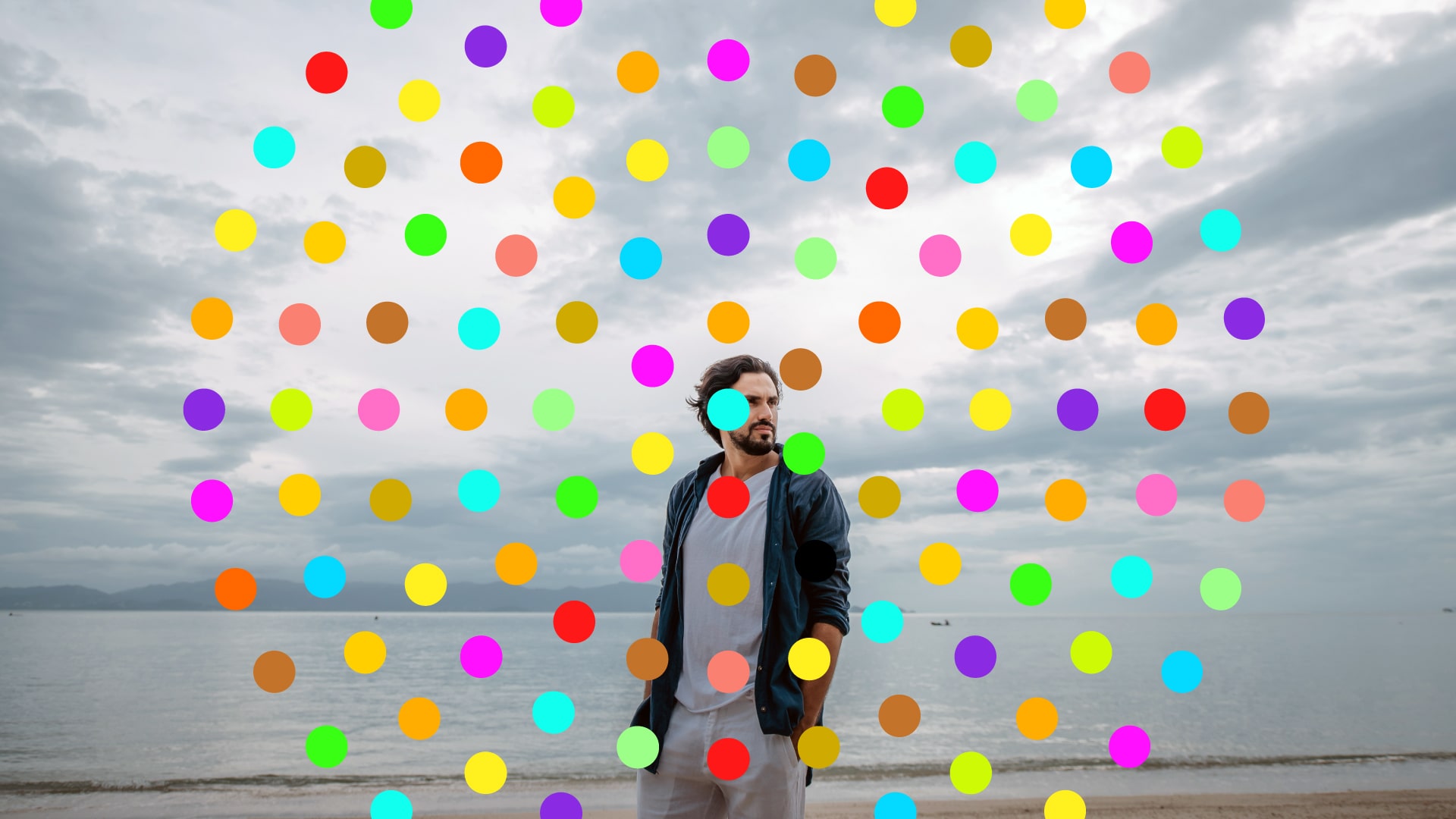Outcome stands or falls with the willingness of the public to cooperate and share their associations.
It is crucial for the user interface that we tailor it to the user’s needs. We will apply the user-centred design approach to process these streamlines and work in sub-steps to progress towards a user-friendly outcome in which user input is requested and included in the follow-up steps.
Version 0.0: The Museum Arnhem research how their artworks and objects connect internally and with issues in society. Artworks and objects are re-described and based on these descriptions, are assigned keywords that relate to the Art & Architecture Thesaurus® (AAT). These abstract concepts have been brought together to study and implement various aspects of human thinking and doing, including architecture and the arts in all media and other disciplines. This includes theoretical and critical thoughts, ideologies, beliefs, and social or cultural currents. The purpose of this study is to open-up the collection thematically. The goal is to have re-described 50% of the collection by the end of 2021. This terms-based registration of the collection forms the basis for the online presentation of the collection.
Version 1.0: With the data unlocked in version 0.0, an online experience of the collection is designed and prototyped with the focus on themes in the collection and the term-based recordings done in version 0.0. In this version, information is still passed on from the museum to the visitors. For example, 100 works out the collection have been re-described with the keyword identity, and they are clustered based on this keyword and presented to the visitor. However, some of these works have also been given the keyword gender, meaning that these works can be displayed in other clusters. These works of art are thus connected in some ways, and a multi-dimensional network is created.
Version 2.0: In addition to the automatically generated data, we will organise workshops with focus groups to further ‘load’ and make the frameworks and associations of the museum subordinate to those of the public. Where version 1.0 forms the basis, 2.0 applies a bottom-up approach in which the Museum Arnhem seeks contact with the public. Audiences are involved in this through sessions. During these workshops, possible new associations within the collection are looked at together, then added to the museum’s data. The museum’s already developed public activities are also used to obtain user data.
Version 3.0: Automatically generated data is actively supplemented by visitors without the intervention of a workshop or museum employee. At this point, the visitors are central to the online experience of the collection. It is currently being investigated how to best stimulated and add to this experience. One possibility is, for example, through open-ended questions. When looking at a work of art, a question appears on the screen, for example, ‘What was the first word that came to your mind when you saw this work? The answer is then linked to the artwork, so new connections are constantly created within the collection. There can be groupings made that are visually interconnected utilizing the data analysis performed at the back-end. In this way, the collection is nurtured by the visitor’s experience, and the user experience is visualised by linking user data to the already existing data.
Version 4.0: Several museums face the same challenge regarding online storytelling. The purpose of our planned sub-steps is to generate knowledge and know-how that we can share with others. The software developed from version 1.0 to 3.0 is offered as a White Label – a polished and sustainable product developed in the service of the cultural sector.
Version 5.0: From Collection to Connection lends itself excellently to combine data from collaborating museums. Through collaborations and the availability of the software as White Label, a network can arise in which museums with contemporary art present their collections together and make them available to generate more impact and meaning to a wider audience.
Version 6.0: When the Museum Arnhem reopens the doors to the public, From Collection to Connection will be presented via a user-centred interactive on-site installation. The installation enables visitors to digitally access the totality of the Museum Arnhem collection, including the pieces from the depot. The installation’s first ideas are currently being developed, but the final one will depend on the software that still needs to be designed in sub-steps.
